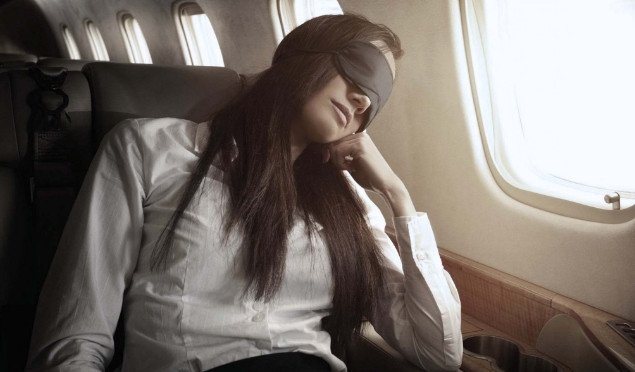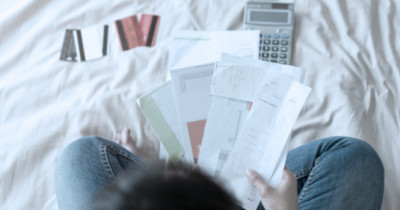How to sleep on a plane

Last updated on 5th January, 2024 at 12:52 pm
Think it’s impossible to sleep on a plane? Challenging? Yes. But impossible? Not with the right hacks! Here are expert tips to make the space more comfortable and to help you wind down so you can feel fresh upon landing.
For most travellers, getting a comfortable night’s sleep on a plane is near impossible. In fact, one survey revealed that most air travellers experience ‘below average’ or ‘very poor’ sleep on flights. Those who have the luxury of upgrading to business or first class have more room to stretch out, but they are among the lucky few. Most aeroplane seats are narrow, with minimal space and in a constantly noisy environment. And, according to recent data, the staggering price difference between business class and economy seats means that more South Africans are opting for the latter when they fly.
As tourism starts to pick up after the COVID-19 pandemic restrictions lift, more and more people are starting to travel again – a much-needed boost for the global and local economies. If the prospect of an uncomfortable flight is one of the factors holding you back from exploring the world, here’s how to get some decent rest on the plane.
What does quality sleep look like?
Before exploring your plane sleeping options, what exactly does a good night of quality slumber require? “There are several factors that make for the ideal natural sleeping environment,” says Sylvia Liebenberg, operations manager at Pretoria Sleeplab. “These include minimal exposure to yellow or orange light after sunset, no screen time for at least 90 minutes before bed, not eating heavy meals after 7pm or sugar and caffeine after 3pm, ensuring that the room is quiet, and that the bed is soft, comfortable and supports the shape of your body.”
These, combined with having a consistent routine, promote the secretion of our natural sleep hormone, melatonin. “Without it, a good night’s sleep – which is restorative and necessary – would be impossible,” says Liebenberg.
What to do before your flight
When it comes to long-haul flights, creating a comfortable space starts before you get into the cabin. “Ensure that you have warm clothing to combat the cold night-time temperatures, as well as a good-quality eye mask and firm neck pillow,” suggests Nona Laughland, director of Bespoke Travel. Other items that can make a night’s sleep in economy a bit easier are a comfortable set of pyjamas or loungewear, and noise-cancelling headphones.
If you arrive at the airport or check in online ahead of time, you can also choose your seat. This can make a difference to whether you are able to catch some shut-eye. “Booking a window seat has its advantages, as you can lean against the side panels of the plane,” says Laughland. “But, if you have a bad back or need the bathroom often, an aisle seat might be more practical.”
Want to know what it’s like to take an international flight during COVID-19? Find out here.
What to do on your flight
When it comes to the actual flight, what does Liebenberg advise? “While optimal sleep on a plane is close to impossible, there are a few things that can help. Avoiding screen time, coffee, sugar and alcohol will all help. Drinking coffee and watching movies late into the night can keep your brain awake, so try to avoid these. Sticking to your normal sleep times can help too, especially when travelling across time zones. If your departure is at night, try to sleep, but if you board in daylight, try to remain awake until your normal bedtime. This also should reduce the effects of jet lag.”
Be sure to ask these questions about your travel insurance before embarking on your trip.
Want to learn more?
We send out regular emails packed with useful advice, ideas and tips on everything from saving and investing to budgeting and tax. If you're a Sanlam Reality member and not receiving these emails, update your contact details now.
Update Now







